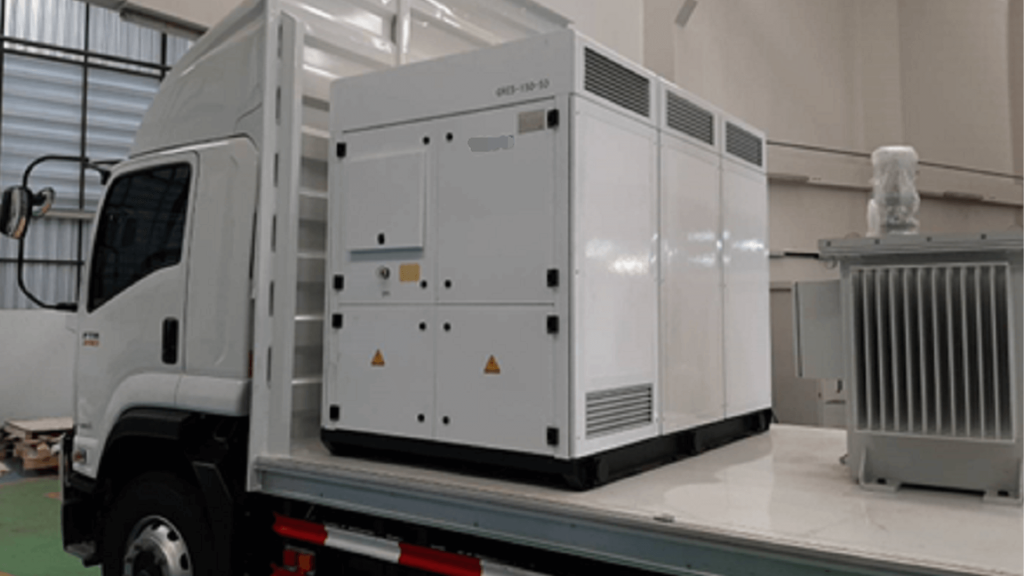As one of the core links of the energy storage industry chain, the energy storage converter is used to convert the DC power generated by photovoltaic power generation into AC power for transmission to the grid, and can also convert the AC power in the grid into DC power for charging the energy storage system. As the technology of energy storage converter is highly similar to that of photovoltaic inverter, many photovoltaic inverter manufacturers have also entered the field of energy storage inverter. Some research institutions show that by 2025, the demand for wind and solar energy distribution and storage in the domestic market alone will create a market space of nearly 20 billion energy storage inverters. Among the relevant domestic enterprises, SCU, Huawei, etc. are mainly industrial and commercial energy storage converters. The energy storage converter will be analyzed in detail below.
The energy storage converter, also known as the bidirectional energy storage inverter (PCS) in English, is used to connect the battery pack and the power grid (or load) in AC coupled energy storage systems such as grid connected energy storage and micro grid energy storage. It is a device to realize bidirectional energy conversion. It can convert the direct current of the storage battery into alternating current and transmit it to the power grid or AC load; The alternating current of the power grid can also be rectified into direct current to charge the battery.

It can be seen from the analysis of the energy storage industry chain that batteries and PCS are the biggest beneficiaries of the current energy storage industry chain. Battery accounts for the highest proportion of energy storage system cost, reaching sixty percent. The technical barrier is relatively highest and most mature, and it is the largest beneficiary in the industry chain. The second is PCS, which accounts for twenty percent of the current energy storage plant cost.
In the long term, the potential space of energy storage industry is large and will reach the TW/TWh level. It is expected that with the adjustment of peak and valley electricity prices and the establishment of the auxiliary market mechanism, the economy of energy storage will be significantly improved, and it is possible to achieve high-speed development on the source network load side. In the long run, according to the prediction of the Global Energy Internet Cooperation and Development Organization, the global energy storage demand will reach 4.1TW in 2050, corresponding to about 500TWh of stored electricity. Renewable energy and energy storage system will bring profound subversion to the power system.
Battery, PCS and related management systems, system integration are all beneficial. It is estimated that in 2025, the corresponding energy storage demand of domestic user side, power generation side, grid side, 5G field and foreign user side will be about 110GWh. If the energy storage system is calculated at 1.4 RMB/Wh, the corresponding market space will exceed 150 billion. If the cost of energy storage further decreases during this period, it is expected that more demand will be stimulated, and the impact of increased demand on market space may far exceed the price decline, and the market size may be close to 200 billion RMB at that time. It is expected that lithium battery/sodium battery, PCS/EMS and other management systems and energy storage system integration enterprises will benefit.
The above is the market analysis of the energy storage converter, which is a market product worthy of investment. Now the world is advocating new energy. I believe that the energy storage converter market will become larger and larger in the future, but it will eventually become saturated. Therefore, it is recommended to target the market and make investment. However, investment should be cautious. The energy storage converter of SCU has a good reputation in the market and has a high cost performance ratio. If necessary, please contact us at enquiry@scupower.com .
